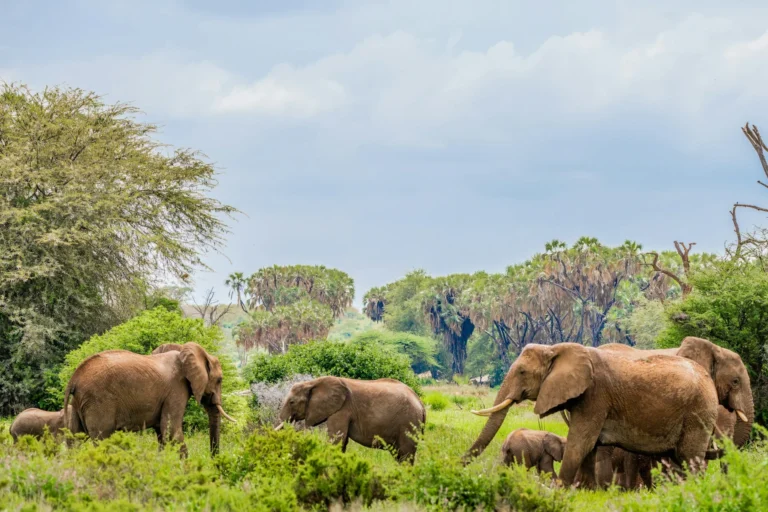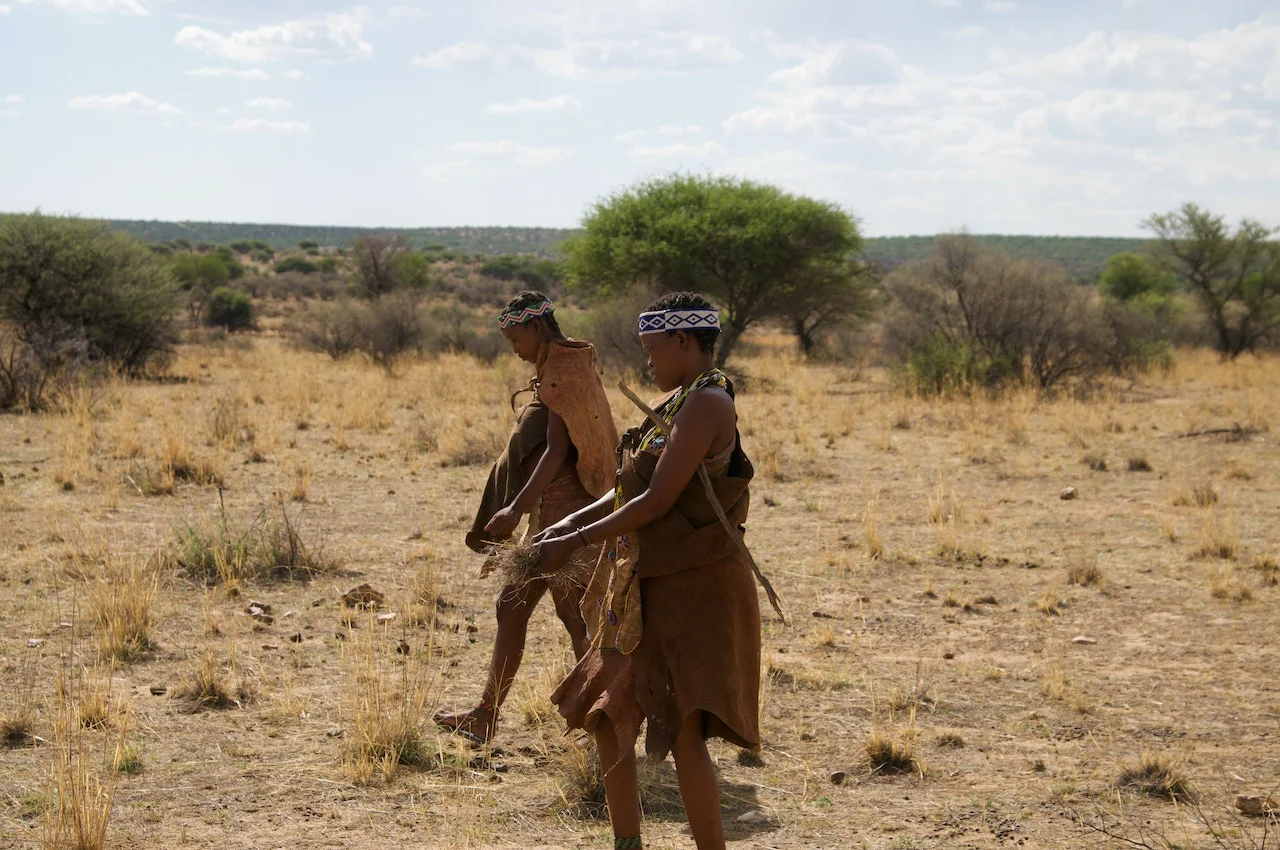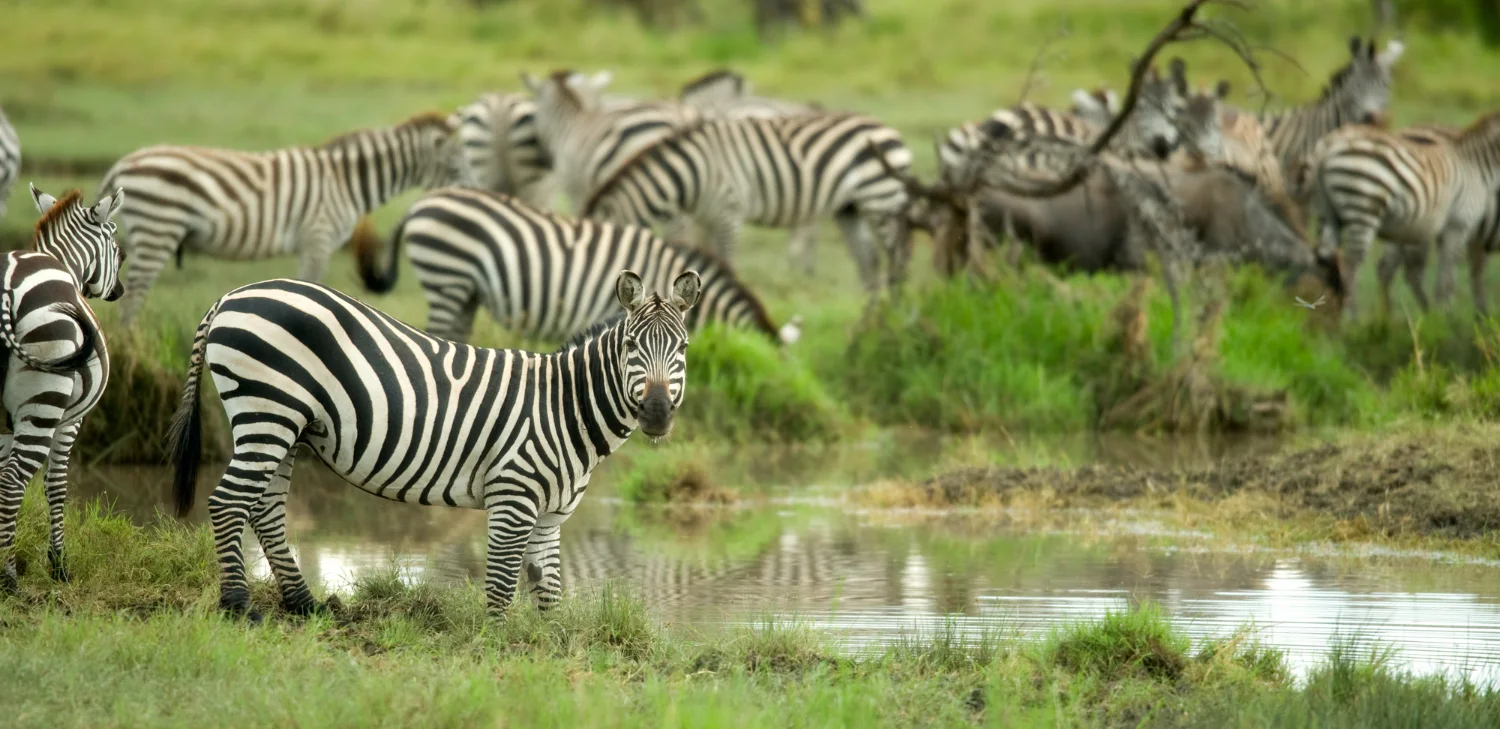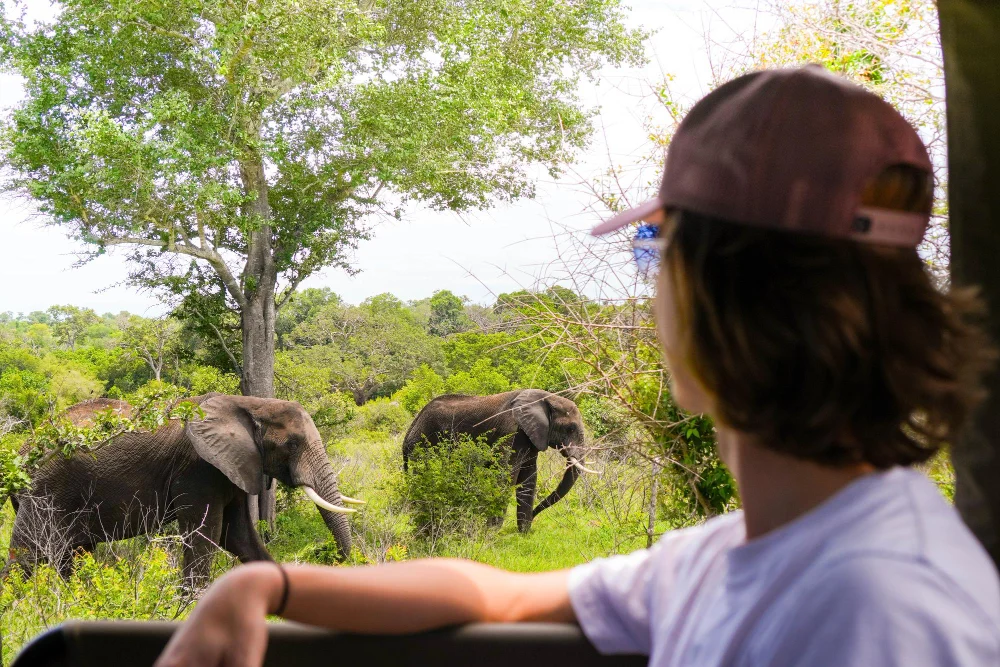Wildlife in Samburu
Samburu is famous for its unique resident wildlife, often referred to as the “Samburu Special Five.” These are five species that are adapted to the arid environment and are either rare or absent in other major Kenyan parks. The Special Five includes the Grevy’s zebra with its fine, narrow stripes; the long-necked gerenuk, which stands on its hind legs to browse on acacia bushes; the reticulated giraffe with its distinct, net-like coat pattern; the Beisa oryx; and the Somali ostrich with its blue neck and legs.
Besides the Special Five, the reserve is also home to elephants, cheetahs, and lions. Leopards are frequently seen in the evenings, resting in the large acacia trees along the river. The Ewaso Ng’iro River is also home to large crocodiles.
A Cultural Experience
Samburu offers an authentic cultural experience. The Samburu people have a rich and ancient heritage, and their villages are often found on the boundaries of the reserve. A visit to one of these villages provides insight into their traditional, semi-nomadic lifestyle and their deep connection to the land and its wildlife.
Things to Do in Samburu
- Game Drives: Explore the reserve, particularly along the banks of the Ewaso Ng’iro River, to find the Samburu Special Five and other wildlife.
- Samburu Cultural Visits: Visit a local Samburu village to learn about their customs, traditions, and unique way of life.
- Bird Watching: The reserve is home to over 450 bird species, including many dry-country specialists.
- Nature Walks: Discover the smaller details of the ecosystem on a guided walk with a Samburu warrior.
- Camelback Safaris: Experience the landscape from a different perspective with a traditional camelback safari.
Best Time to Visit Samburu
| Month | Climate | Wildlife Viewing |
| January – March | The weather is hot and dry. | This is a great time to visit. Animals are concentrated along the Ewaso Ng’iro River, making them very easy to find. |
| April – June | The long rains arrive, making the landscape green. | Wildlife can be more dispersed due to plentiful water sources. Bird watching is excellent. |
| July – October | This is the main dry season. The days are hot and sunny. | This is considered the best time for wildlife viewing. The vegetation is sparse, and animals gather at the river. |
| November – December | The short rains occur, usually as afternoon showers. | The landscape is refreshed and beautiful. Wildlife viewing remains excellent, especially along the river. |
Guide Tip
The best wildlife viewing in Samburu is almost always concentrated along the Ewaso Ng’iro River. Focus your game drives in the early morning and late afternoon along the riverbanks, as this is where most animals will come to drink and where predators often wait.






